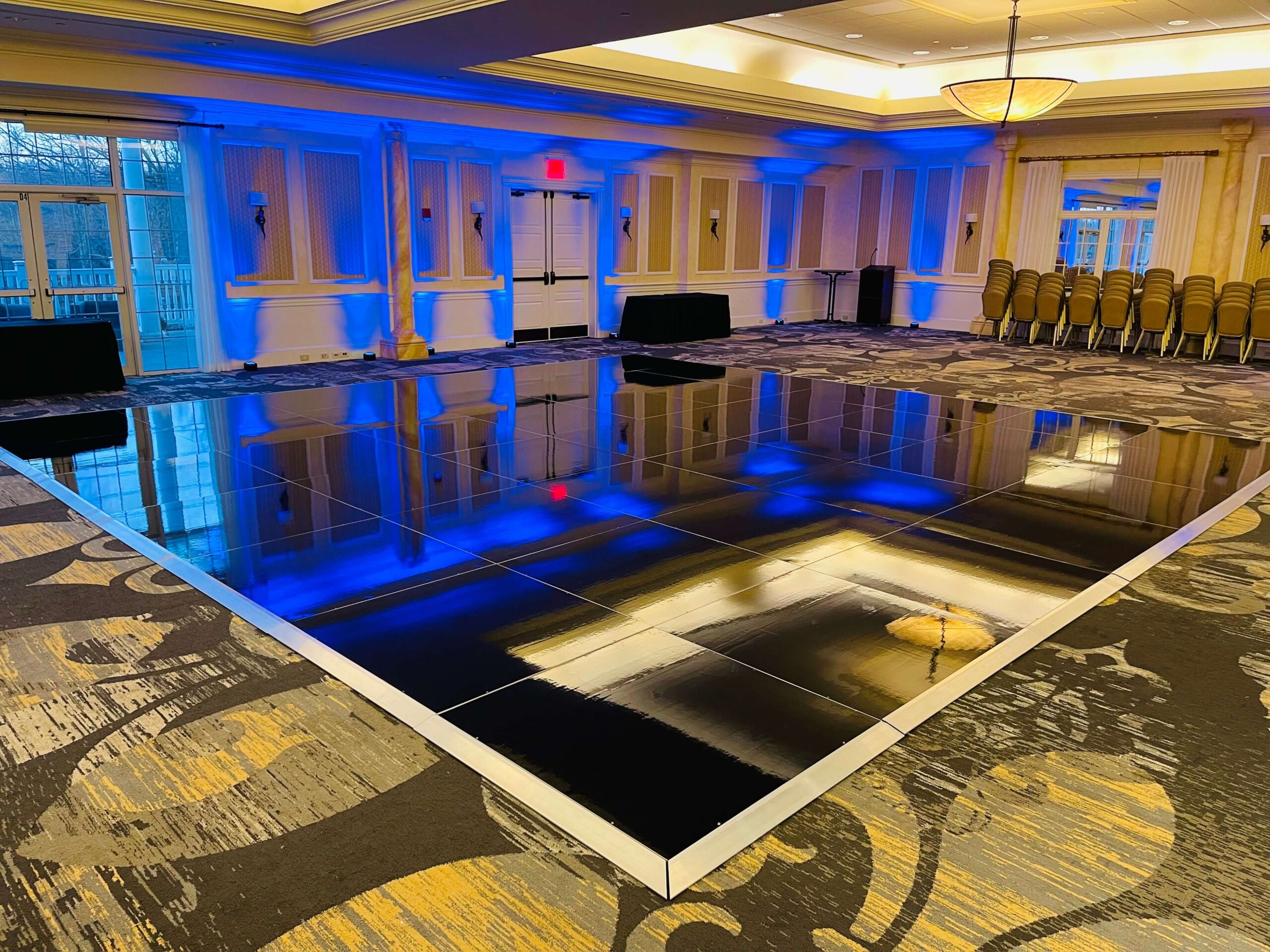The Revolutionary Impact in Luminance in Elevating Dance Surface Aesthetics
The Revolutionary Impact in Luminance in Elevating Dance Surface Aesthetics
Blog Article
Lighting plays a key role in shaping the environment of a dance floor. It can change a simple space into an thrilling environment that improves the overall encounter for dancers and spectators alike. The correct lighting can affect the mood, dynamism, and even the type of the performance being performed. By using multiple types of lighting, such as spotlights, colored illumination, and strobe effects, event planners can create a lively environment that engages the spectators and encourages involvement.
One of the key functions of lighting on a dancing area is to showcase the dancers. Spotlights can be used to focus attention on individual dancers or groups, making them the center of attraction. This technique not only showcases their movements but also adds a layer of drama to the performance. When dancers are illuminated effectively, their expressions and techniques become more visible, allowing the audience to appreciate their skills. This focused lighting can also help to create a narrative, leading the spectators through the show.
In furthermore to showcasing performers, colored illumination can greatly affect the atmosphere of the dancing area. Various colors elicit varied feelings; for instance, warm colors like crimson and amber can create a sense of enthusiasm and energy, while cooler colors like blue and emerald can encourage calmness and relaxation. By strategically using colored illumination, event planners can manipulate the environment to match the concept of the event or the type of the performance. This considerate approach to lighting design can enhance the overall experience for all involved.
Strobe lights and other dynamic lighting features can also add thrill to a dancing area. These features can create a sense of click this over here now rhythm and motion that matches the soundtrack being played. When synchronized with the rhythm, strobe lights can make the dancing area feel vibrant, inviting dancers to move in time with the pulsing lights. This connection between light and music can boost the energy of the occasion, making it more pleasurable for both performers and spectators. The use of such effects requires careful planning to ensure they improve rather than distract from the show.
Ultimately, the overall design of the lighting arrangement is crucial for establishing a unified aesthetic on the dancing area. A carefully planned lighting strategy considers the layout of the space, the type of performance being performed, and the audience's encounter. By combining various lighting techniques, such as background lighting, highlighting, and unique features, organizers can create a visually stunning environment. This attention to detail not only improves the performance but also creates a lasting impact on the spectators, making the event memorable. In conclusion, the powerful power of lighting is vital in improving dance floor aesthetics, creating an engaging and enjoyable encounter for all.